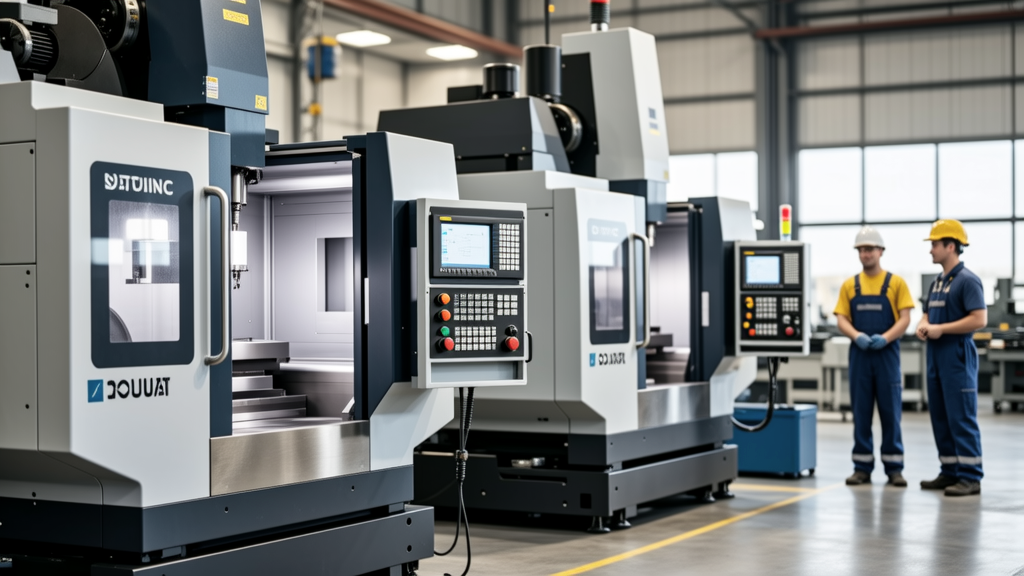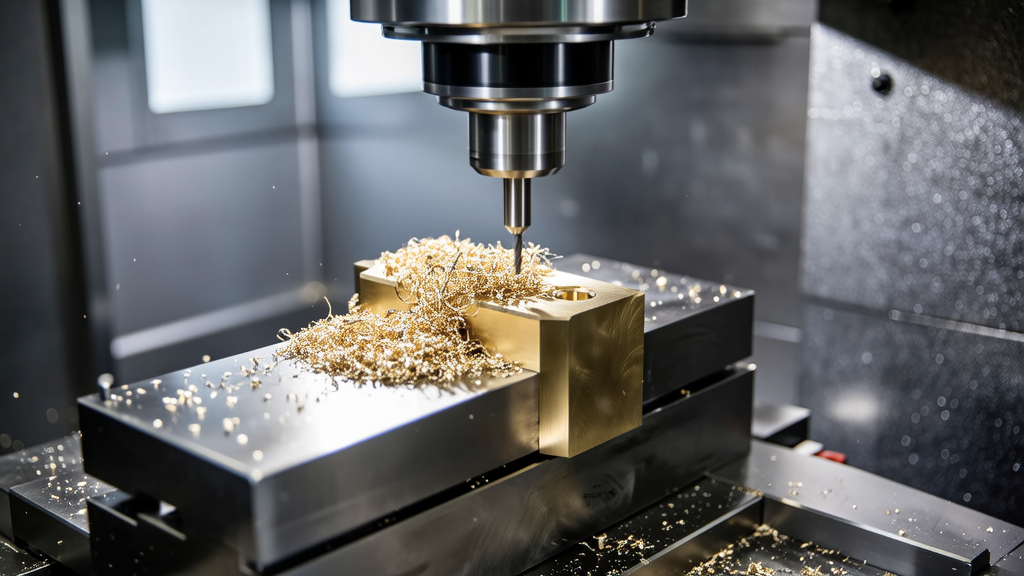Quality Control Risks
One of the biggest concerns that scream out is quality control. When you switch suppliers, there’s no guarantee that the new one will match the quality you’ve been getting. I can tell you from personal experience, I helped a friend transition to a new supplier, and they had to deal with a significant drop in quality during the first few months. Imagine your customers’ dissatisfaction if the parts you receive fail to meet your specifications. To mitigate this risk, I recommend:
Production Disruptions
How about production disruptions? You might think, “Oh, it’s just a supplier switch; how disruptive can it be?” But believe me, it can be a mess. There might be delays in production schedules as the new supplier gets accustomed to your requirements. After all, they aren’t going to immediately walk into your processes and seamlessly fit in. To ease the transition:
Cost Implications
Let’s also talk about cost. Changing suppliers can either save you money or send your budget spiraling. Initially, you might think, “Hey, they’re offering a lower price!” but take a step back. You should consider all the hidden costs involved, including setup fees, potential rework, and possible shipping costs, especially if they are located overseas. Here’s how to tackle the costs effectively:
Risk of Communication Breakdowns
Finally, let’s consider communication. Poor communication between you and the new supplier can lead to serious issues. You need to make sure that your new CNC supplier not only understands technical specifications but can also communicate effectively about schedules, issues, and changes. Here’s how I recommend addressing this:

With a clear understanding of these risks, you’re better equipped to make the switch to a new CNC supplier with confidence. Balancing quality, cost, production timelines, and communication will help you mitigate these risks.
What should I look for to ensure quality control with a new CNC supplier?
To ensure quality control, you should start by conducting thorough audits of the new supplier’s facility. I once did this and identified outdated equipment, which raised major concerns. Additionally, requesting samples is a must. You want to verify that their work aligns with your specifications before making any long-term commitments.
Don’t skip this step because a few poorly made parts can lead to customer dissatisfaction and damage your reputation.

How can I avoid production disruptions during the supplier transition?
Avoiding production disruptions comes down to proper planning. Create a detailed transition plan that includes timelines and responsibilities for both parties. I recommend keeping your old supplier engaged for a while to serve as backup while you work through the initial stages with the new one.
This way, if problems arise, you have someone to fall back on, minimizing potential downtime and keeping operations running smoothly.
What are the cost implications of switching CNC suppliers?
Cost implications can be tricky. Initially, a new supplier might offer a lower price, but you need to conduct a thorough cost analysis. This includes all hidden costs like setup fees, rework, and shipping, especially if you’re dealing with overseas suppliers. I learned the hard way that costs can quickly add up if you’re not careful.
Always make sure you’re negotiating well to find that sweet spot between cost and quality before signing any contracts.
How can I improve communication with my new CNC supplier?
Improving communication starts with setting up clear lines from the get-go. Regular check-ins can really help you stay on track and address issues promptly. I also suggest utilizing project management tools that both teams can access to track progress and minimize misunderstandings.
This will ensure that everyone stays aligned on schedules, specifications, and any potential changes that could arise throughout the process.








